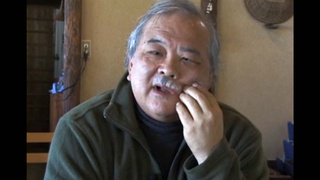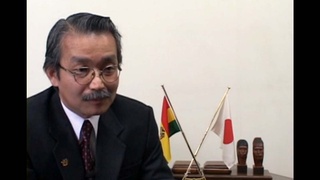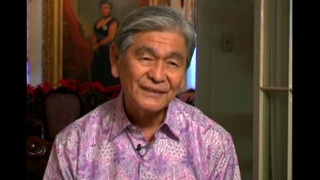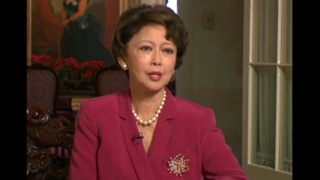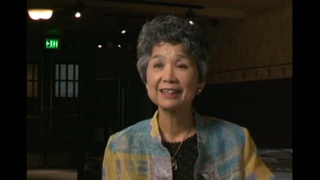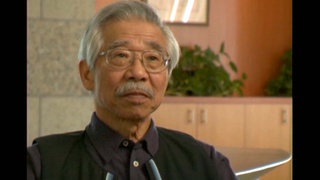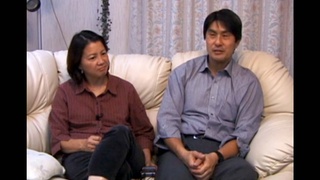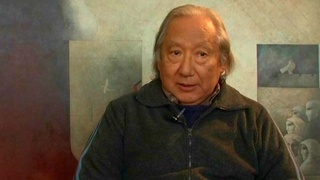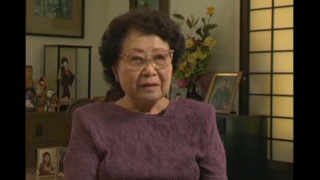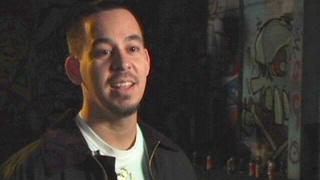Interviews
Growing up in Waikiki
I didn't grow up in a plantation town like many of my brethren did. And I didn't live in, you know, there were many enclaves of ghettos, where they had strong Japanese presence, like in Moiliili or Palama and so forth. But Waikiki was very cosmopolitan. My neighbors were, my immediate neighbors, after we moved on Cartwright Road with the Rasmussens and the Ornellas, I guess of Portuguese descent, and quite well-to-do. And on the other side was the Donnelly, who was a German. So it was a very mixed group. There were scatterings of Japanese around, and most of the Japanese who lived in Waikiki, as my parents did, worked in the hotels, and it was the Moana Hotel, the Royal Hawaiian and the Halekulani. Those were the three big hotels, maybe the only hotels in those days. And my dad worked in all of them.
Date: March 19, 2004
Location: California, US
Interviewer: Mitchell Maki
Contributed by: Watase Media Arts Center, Japanese American National Museum.

